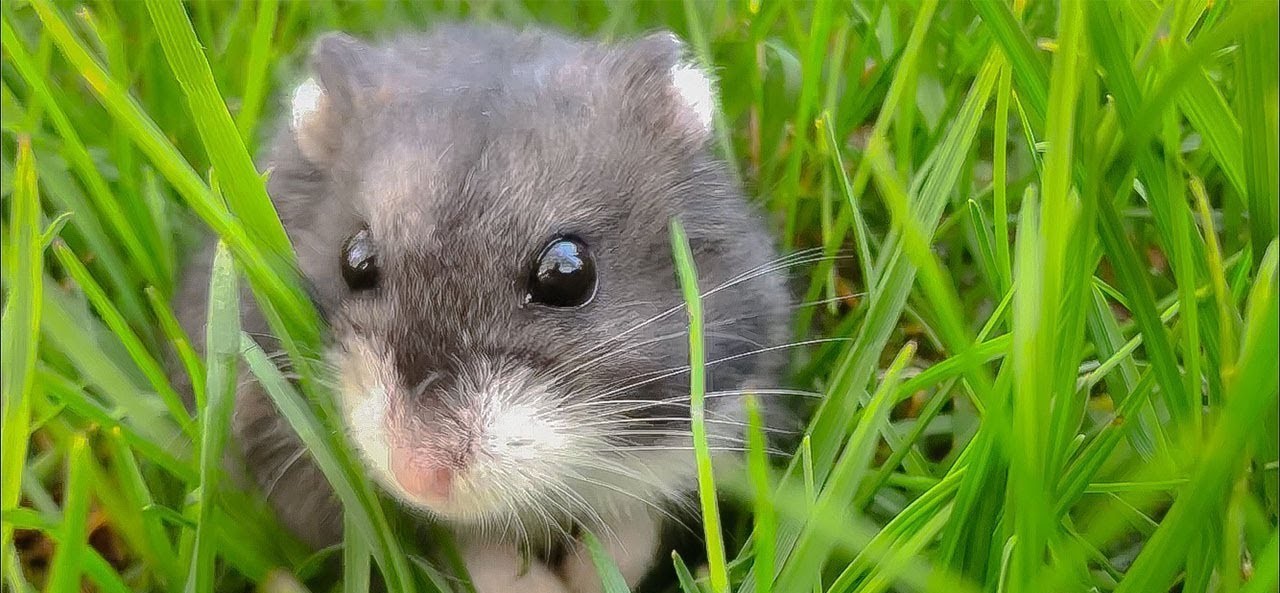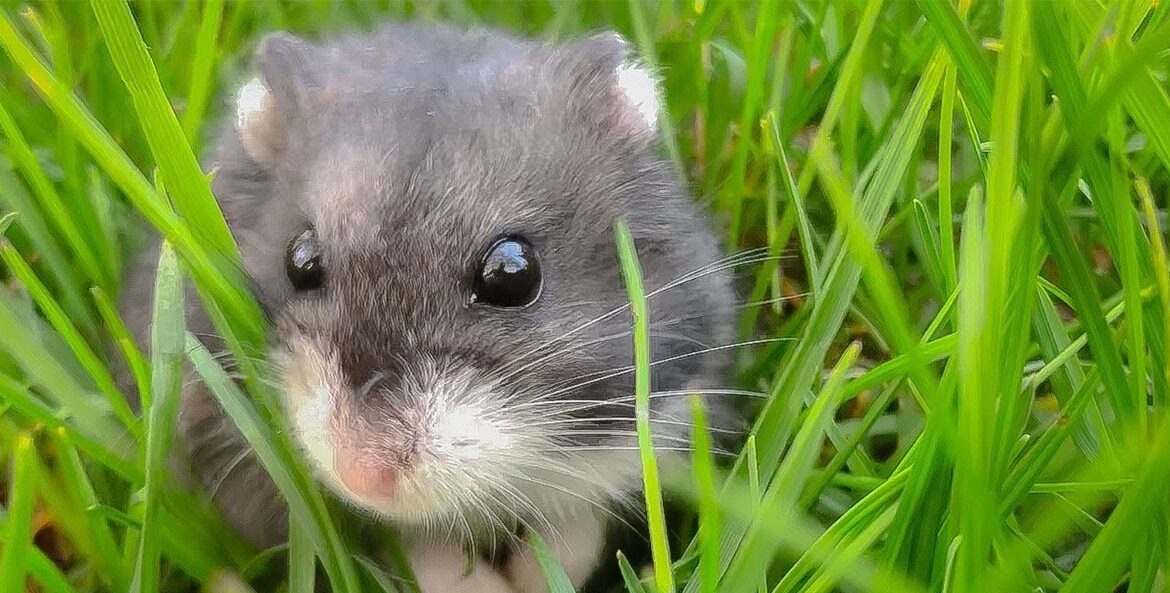Most people don’t realize just how quickly a small mouse problem can turn into an overwhelming infestation. Mice have unique reproductive abilities that make them challenging to control once they’ve settled in your home. Understanding mice reproduction facts, including the mouse breeding cycle and how mouse population growth works, is key to recognizing why a fast response is so important.
At Skedaddle Humane Wildlife Control, we’re specialists in humane and effective wildlife removal. Our techniques, such as one-way doors, ensure that mice leave your home without the chance of returning. With a deeper understanding of mouse population growth patterns, you’ll see why using professionals like us is the smartest way to tackle a mouse infestation.
Mice Are Reproductive Machines
One of the first things to know about mice is that they breed quickly and efficiently. A single female mouse can produce between 5 and 10 litters every year. Each litter typically includes 6 to 12 babies, called pups. If you do the math, that’s potentially more than 100 new mice from just one mother in a single year.
What makes mice especially concerning is how fast they mature. After they’re born, pups grow quickly and reach sexual maturity in just 4 to 6 weeks. At that point, they are ready to reproduce, creating a snowball effect in population growth.
Here’s a quick breakdown of the mouse breeding cycle:
- Gestation Period: Female mice carry their young for only 19 to 21 days. This short pregnancy means they can have a new litter roughly every three weeks.
- Rapid Maturity: Pups are fully independent and ready to reproduce by about 4 to 6 weeks old.
- No Off-Season: Mice don’t take breaks. They can reproduce year-round as long as they have food, water, and shelter.
This combination of short gestation, rapid maturity, and continuous breeding is why a few mice can quickly turn into a full-scale infestation.
How Quickly Do Mice Populations Grow?
Mice have an exponential population growth rate, meaning their numbers can double and triple very quickly. For example, imagine starting with just one male and one female mouse in your home:
- In 3 months, you might already have up to 60 mice.
- By 6 months, that number could grow to over 500.
Why does this happen? It’s simple math. Each new mouse contributes to the next round of breeding, and the cycle keeps repeating. Even if some of the mice die naturally, their reproduction rate far outpaces their mortality rate.
If you’re noticing signs of mice in your home, acting fast is essential. Waiting even a few weeks could allow their population to grow significantly.
What Makes Mice Such Effective Breeders?
There’s a reason mice are known for being some of the most adaptable and prolific animals. Several factors explain their exceptional breeding abilities:
- High Fertility: Female mice return to heat just days after giving birth, so they waste no time starting the next litter.
- Short Generational Gap: Since pups mature within a month, there are always new mice ready to keep the cycle going.
- Adaptation to Environments: Mice can live and breed in almost any environment as long as they have access to food and shelter.
- Nesting Efficiency: Mice don’t need much space. They can create nests in small, hidden areas like wall voids, attics, and basements.
Understanding these behaviors underscores why mice are so hard to control without the proper methods.
Signs You May Have a Mouse Problem
Before you find yourself dealing with a large-scale infestation, it’s critical to recognize the signs of mice early. Common indicators of a mouse problem include:
- Droppings: Tiny black droppings, especially near food sources or inside cabinets, are often the first sign of mice.
- Noises: Scratching or squeaking sounds in walls, ceilings, or under floors are common at night when mice are most active.
- Chewing Damage: Signs of gnawed wires, furniture, or food packaging point directly to mouse activity.
- Grease Marks: Mice often leave smudges or greasy marks along walls where they frequently travel.
- Nests: Look for shredded paper, fabric, or other soft materials that mice use to build nests in hidden areas.
If you spot any of these signs, chances are you already have breeding mice in your home.
The Mouse Breeding Cycle and Seasons
Unlike some animals that only breed during certain times of the year, mice are unique because they don’t follow any seasonal patterns. Instead, they reproduce year-round, as long as they have access to the right conditions. Indoors, homes provide everything they need to thrive, including consistent warmth, an abundant food supply, and plenty of hiding spots for shelter. Unlike outdoor environments, which can limit breeding due to colder weather or less food availability, indoor spaces create a safe and ideal setting for their non-stop reproduction.
This constant breeding makes mice especially hard to control. Their population doesn’t slow down or take a break, which means that a handful of mice can quickly grow into dozens or even more within a few months. The longer they remain in your home, the more challenging it becomes to manage their numbers. Acting quickly to address an infestation is critical, as delaying action gives mice more time to multiply and create a stronger foothold in your home.
Mouse Lifespan and Its Impact on Reproduction
Although mice only live for about a year in the wild, their short lifespan doesn’t slow down their population growth. They reproduce so frequently during their lifetime that natural deaths are easily offset by the overwhelming number of new pups.
Even as older mice die, younger ones are constantly replacing them, ensuring that the population continues to grow unchecked. This relentless cycle of reproduction highlights why professional intervention is essential for effectively addressing mouse infestations.
How to Reduce the Risk of an Infestation
Controlling a mouse population starts with prevention. While professional removal is essential if you already have an issue, there are steps you can take to make your home less appealing to mice:
- Seal Entry Points: Mice can squeeze through holes as small as a dime. Use caulk, steel wool, or weather-stripping to seal gaps in walls, vents, and door frames.
- Eliminate Food and Water Sources: Store food in airtight containers and clean up spills regularly. Keep trash bins tightly sealed and fix any leaky pipes that provide water.
- Declutter Your Home: Mice love to hide in piles of clothes, old boxes, or other clutter. Keeping things organized makes it harder for them to nest.
- Maintain a Clean Yard: Trim back shrubs and keep firewood stored away from your home’s foundation to reduce outdoor nesting spots near your house.
Even with these steps, mice are persistent and resourceful. If they’ve already moved in, professional wildlife control is needed to properly remove them and prevent re-entry.
Goodbye Mice, Hello Peace of Mind
Mice reproduction facts reveal just how quickly a small problem can spiral out of control. From their rapid mouse breeding cycle to the exponential nature of mouse population growth, these animals are built to thrive in homes where they find food, warmth, and shelter.
At Skedaddle Humane Wildlife Control, we specialize in humane and effective solutions to remove mice from your home. With our one-way doors and proven methods, we ensure mice leave your house and can’t return. If you suspect a mouse problem, don’t wait for it to grow. Contact us today to request an estimate and take the first step toward a mouse-free home.




